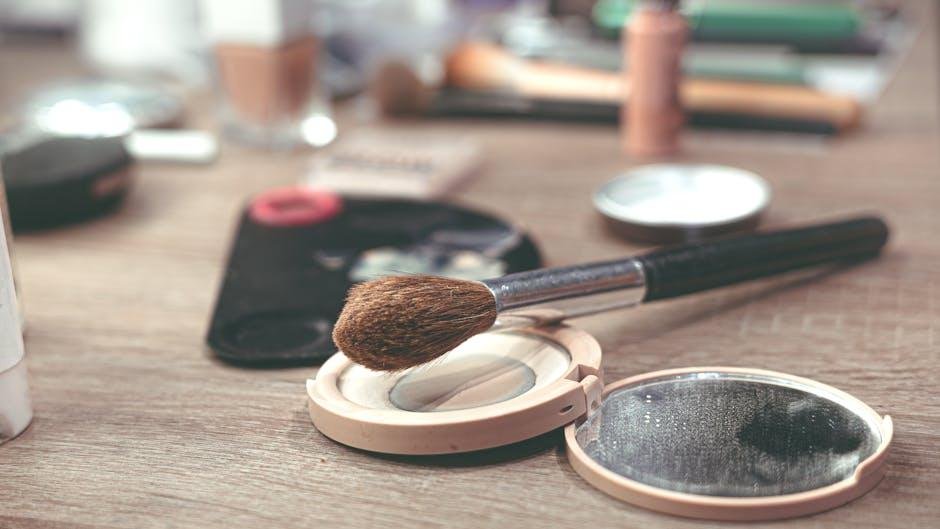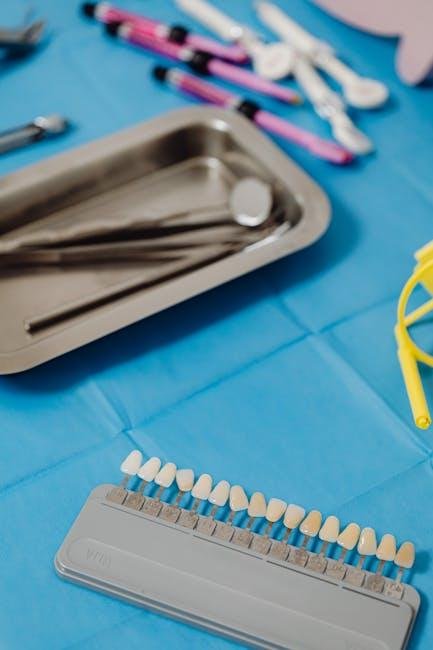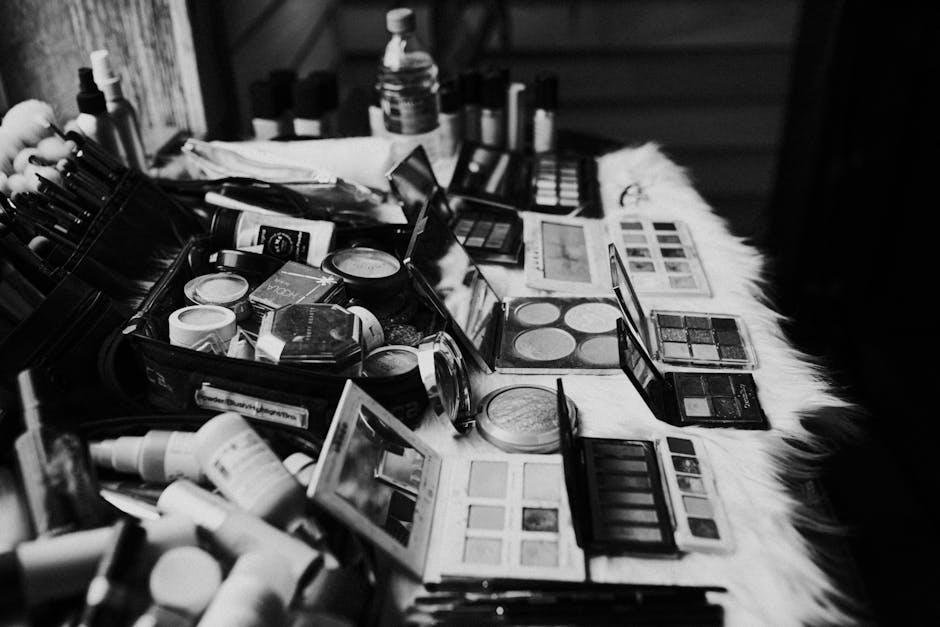Finding the perfect foundation shade can feel like navigating a maze, with a multitude of tones, undertones, and finishes at every turn. For many, the quest for a seamless match frequently enough leads to frustration and confusion, as each brand presents its own interpretation of color. But fear not! “Foundation Matching 101: Find Your Shade” is here to demystify the process and guide you through the essentials of selecting the right foundation for your unique skin tone.Whether you’re a makeup novice or a seasoned pro, our comprehensive guide will equip you with the knowledge and confidence to make informed choices, ensuring your makeup feels effortlessly like you. Join us as we explore tips, techniques, and the art of perfecting your complexion!
Understanding Undertones for Perfect Matches
When it comes to selecting the perfect foundation, understanding your skin’s undertone is essential for achieving a flawless look. Your undertone can be classified into three main categories: cool,warm,and neutral. Knowing which category you fit into will help you select shades that blend seamlessly with your skin. Here’s how to determine your undertone:
- Vein Test: Examine the veins on your wrist.If they appear blue, you likely have a cool undertone. Greenish veins indicate a warm undertone, while a mix of both suggests a neutral undertone.
- Jewelry Preference: Do you look better in silver or gold jewelry? Silver usually complements cool undertones, while gold is more flattering for warm tones.
- Skin Reaction: Consider how your skin reacts to sun exposure. If you burn easily, you may have cool undertones, whereas a golden tan suggests a warm undertone.
Once you’ve established your undertone, you can narrow down your ideal foundation shades with ease. Brands typically categorize their foundations with labels like C for cool,W for warm,and N for neutral,helping you make informed choices. The following table outlines some common foundation shades and their corresponding undertones:
| Foundation Shade | Undertone |
|---|---|
| Ivory | Cool |
| Beige | Warm |
| Sand | Neutral |
| Honey | Warm |
| Chestnut | Cool |

The Importance of Skin Type in Foundation Selection
when choosing the perfect foundation, understanding your skin type is pivotal for achieving a flawless finish. Different skin types—oily, dry, combination, or sensitive—respond uniquely to various formulations. As an example, those with oily skin may benefit from matte or oil-free foundations that can control shine and prevent breakouts. On the other hand, individuals with dry skin should opt for hydrating, creamy formulas that add moisture and luminosity. Recognizing these nuances not only enhances the overall look but also promotes skin health.
Consider these tips when selecting foundation based on your skin type:
- Oily Skin: Look for non-comedogenic, matte foundations.
- Dry skin: Choose foundations with emollient properties or hydrating ingredients.
- Combination Skin: Explore foundations that balance hydration and oil control.
- Sensitive Skin: Pick hypoallergenic, fragrance-free foundations to minimize irritation.
For a clearer understanding, refer to the table below that summarizes key foundation attributes based on skin types:
| Skin Type | Recommended Foundation Type | Key Ingredients |
|---|---|---|
| Oily | Matte | Salicylic Acid, Kaolin Clay |
| Dry | Creamy/Hydrating | Hyaluronic Acid, Glycerin |
| Combination | Balanced | Silicone, Aloe Vera |
| Sensitive | Mineral | Zinc Oxide, Titanium Dioxide |

Testing Techniques for Accurate Shade Matching
When it comes to finding the perfect foundation shade, a few testing techniques can definitely help ensure accuracy. Frist,consider applying different shades to your jawline or neck area instead of your wrist,as these areas are closer to your facial tone. Blend a small amount of foundation and allow it to sit for a few minutes to see how it interacts with your skin’s natural oils and undertones. additionally, look for natural light to evaluate the color match, as artificial lighting can distort the perception of the shade.
Another effective testing method is the 3-Card Method, where three different shades are applied side by side. This allows for a direct comparison, making it easier to identify which one seamlessly blends into your complexion. Once you’ve narrowed it down, use a foundation swatch chart to document your findings, which can assist in future purchases:
| Shade Name | Undertone | Notes |
|---|---|---|
| Soft Beige | Warm | Ideal for fair skin with golden undertones. |
| Cool Almond | Cool | Perfect for light-medium skin with a rosy hue. |
| Rich Cocoa | Neutral | Great for deep skin tones that are versatile. |
Testing techniques that incorporate both practical application and comparison can significantly enhance your ability to find the right shade. By experimenting with various shades and documenting your results, you create a personalized guide to ensure you always select the flattery foundation for your skin type.

Expert Tips on Building Your Foundation Collection
Building your foundation collection is all about understanding your unique skin tone and type. Start by conducting a thorough analysis of your complexion, paying close attention to undertones. There are three primary undertones to consider:
- Cool: If you notice pink or blue hues in your skin, lean towards foundations with a cooler base.
- Warm: A golden or yellow undertone calls for warmer shades that enhance your natural glow.
- Neutral: If you can’t easily classify your undertone, consider neutral shades that blend both cool and warm tones.
Once you’ve identified your undertone, it’s time to explore different foundation formulas to find what works best for your skin type. Each formula has its pros and cons, so consider these popular options:
| Foundation Type | Best For | Finish |
|---|---|---|
| Liquid | Normal to dry skin | Dewy or satin |
| Powder | Oily skin | Matte |
| Cream | Combination skin | Natural |
Experiment with samples whenever possible to see how different formulations wear throughout the day. Lighting can change how the foundation appears on your skin, so try to test shades in natural light for the moast accurate results.
In Summary
As we conclude our journey through the world of foundation matching, we hope this guide has illuminated your path to finding that perfect shade. Remember, the quest for the ideal foundation is not just about color—it’s about enhancing your natural beauty and feeling confident in your skin. By understanding your undertones, testing in natural light, and embracing the diversity of options available, you empower yourself to make informed choices that resonate with your unique identity.
Whether you’re a makeup novice or a seasoned pro, the art of foundation matching can be both fun and rewarding. So, as you step into the world of beauty products, may you carry with you the knowledge and tips shared here.Your perfect match awaits, ready to complement your beauty and reflect who you truly are. Happy foundation hunting!
